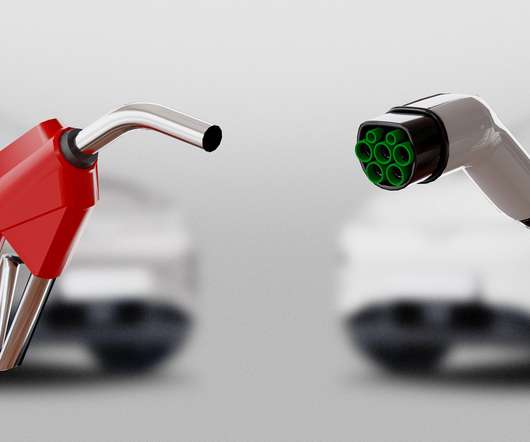What Does GM’s “30 New EVs By 2025” Promise Mean for the US Market?
EV Adoption
FEBRUARY 7, 2021
The 15 years in the future 2035 aspiration to stop selling gas- and diesel-powered vehicles is clearly a long way off and a lot can change in that timeframe. The exteriors and interiors of the new EVs will be exclusively designed by Honda, while the GM platform wil be engineered to support Honda’s “driving character.”























Let's personalize your content